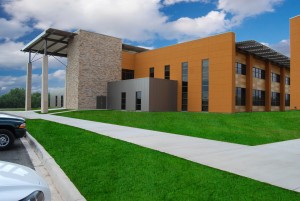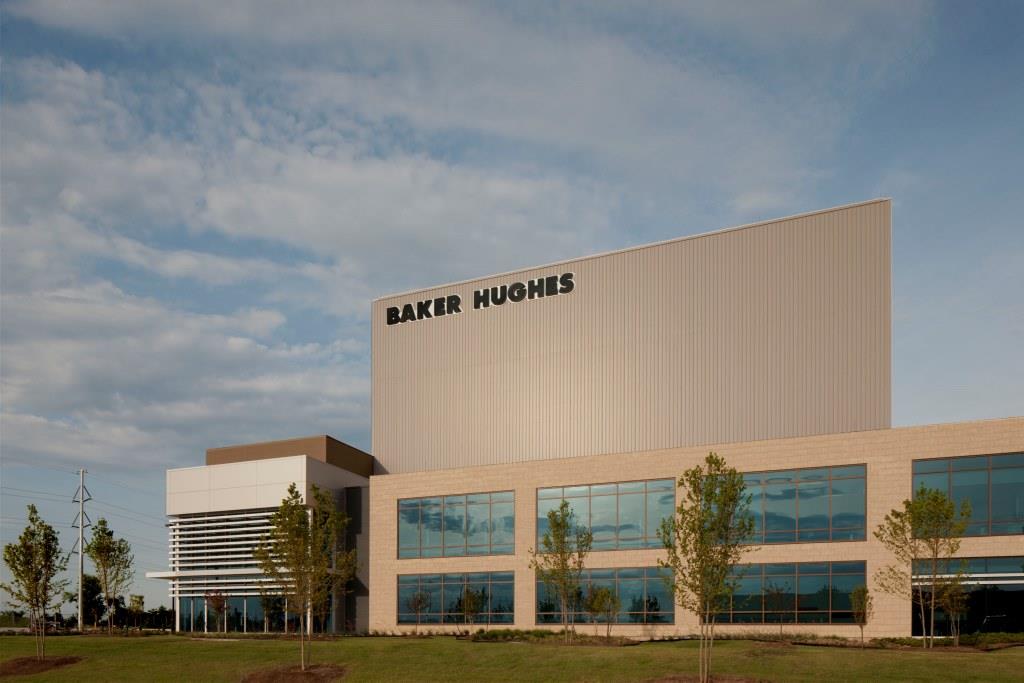Being a building scientist is kind of like being a librarian. You have to separate fact from fiction. Case in point: The Green Building Movement. I’ve been a building designer for 20 years and I have never seen the kind of change and repositioning of building science in the time that I’ve seen in just the last five years. And of course, with that come agendas, minutia, politics and confusion. It’s unavoidable. So, when people ask me about green building, I feel the duty to encourage them to stick to what is tangible and measurable and try to stay out of speculation. Yeah, ok, that’s pretty obvious advice. But it cuts deeper than that because you actually have to track meaningful, FACT-BASED metrics.
Consider the regional material credit in LEED. The purpose of that credit is to avoid burning fuel to transport raw materials to the project site. So, if the final manufacturing location of a product is within a 500 mile radius of the project and you can prove that the material used in the product was extracted and/or harvested from the earth within that circle as well, you get credit for using it. But does that truly guarantee the minimum carbon footprint? Most products used in buildings have been through a long and complex supply chain of co-mingling and transportation between intermediate points and the simplistic criterion of only considering the end points of that chain isn’t going to guarantee any level of performance, so why track the metric?
At the other end of that spectrum is energy use. This is NOT the same as energy efficiency, mind you. The definition of efficiency is the amount of work done divided by the amount of resources consumed to achieve that work. If my efficiency is 1, then I’ve wasted nothing. If it’s zero, I’ve wasted everything. It seems like a good metric to use, but it isn’t always obvious what number to use in the numerator (that’s the top number in a fraction, by the way) which makes efficiency somewhat subjective as a metric.
Electricity use on the other hand, is an absolute metric. You use electricity and have to pay for it. You have a meter to tell you how much you’ve bought. That’s a pretty convenient thing because you don’t need a fancy computer with wireless controls and bells and whistles (which use electricity, by the way) to print a graph of your electricity usage. All you have to do is get up off your derriere and look at it. (Yes, it is unfortunate that meters are outside but you need the sun exposure to produce Vitamin D anyway.)
So when it comes to things like roof top solar, the subject of my last blog, the energy you make directly offsets the energy you use. The meter “spins” slower or even backwards (net-metered solar installations use digital meters, but whatever) and at the end of the month, less electricity is used. Simple, predictable and efficient; there is no question what your impact is.
Now when it comes to energy used for climate control, you are in a quandary. The energy you use is going to be highly dependent on the outside conditions, so how do you account for that? Well, the fact of the matter is that weather, although it varies quite a bit from day to day and year to year, follows a very consistent pattern over time and some things you can do will always make a difference.
Most commercial buildings are under insulated. We know that from studies conducted over many years by the government. The reason is simple: Commercial buildings are not usually built by the electricity bill payer, so the motivation to invest in things like extra insulation and insulated windows is not there. Therefore, if you should inherit a commercial building for your business, before you move in, you should probably peel back those ceiling tiles and tap on that glass to see what is between you and the outside world.
Should you discover that you need a little extra help, there are some great products on the market these days and one of them is spray-foam insulation. However, if the building is old enough and needs a new exterior finish on the roof or wall anyway, consider an all-in-one solution like an insulated metal panel. This product combines one of the most durable exterior materials around – coated steel – and the same great insulation performance as the spray-on foams without the special equipment. Plus, the excellent air barrier performance minimizes air infiltration. And here is a tip: Roof or wall, choose an exterior color that fits your climate. Consider using lighter colors in the south and darker colors in the north. That can make a substantial difference if the building is under insulated. The poor meter won’t even know what hit it.

